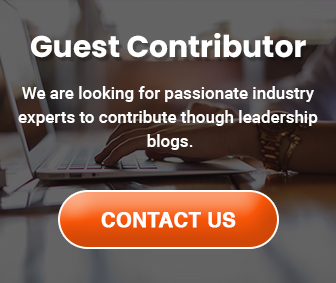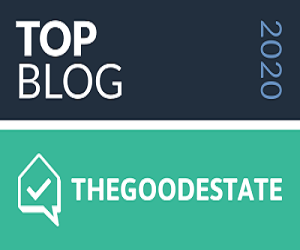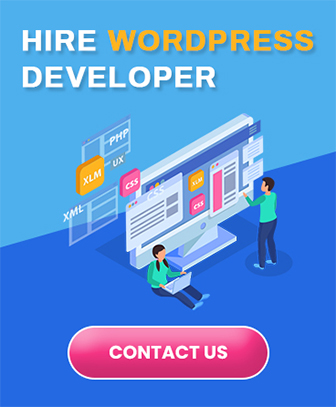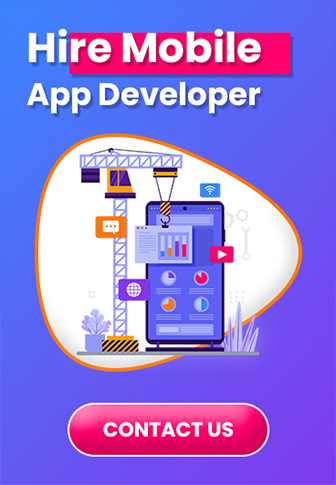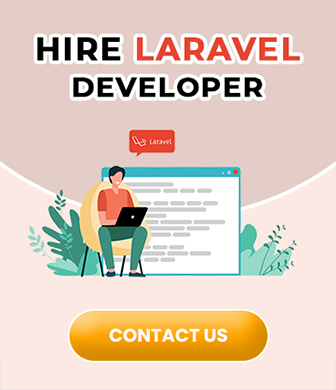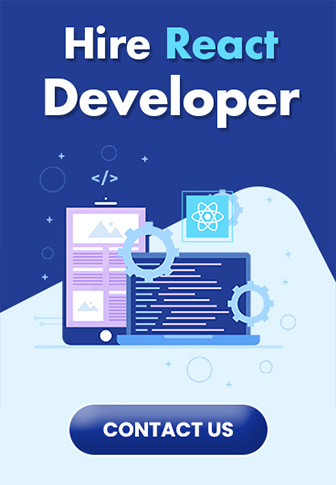In the digital age, petition websites have become powerful platforms for individuals and groups to advocate for change, raise awareness about important issues, and rally support from like-minded individuals. Whether it’s a local community concern or a global cause, a well-designed petition website can amplify voices and drive social impact. This comprehensive guide explores the essential features, cost considerations, and step-by-step process involved in developing an effective petition website.
Table of Contents
Introduction to Petition Website Development
- Understanding Petition Websites: Defining the role of online platforms in mobilizing support and influencing change.
- Significance of Petition Websites: Empowering individuals, raising awareness, and fostering civic engagement.
Key Features of Petition Websites
User-Friendly Petition Creation:
- Petition Form: Providing an easy-to-use form for creating petitions.
- Title and Description: Allowing petition creators to provide clear and compelling descriptions.
- Media Attachments: Enabling the attachment of images, videos, and documents.
Signature Collection:
- Supporter Sign-Up: Allowing individuals to register accounts to sign petitions.
- Anonymous Signatures: Offering the option for users to sign petitions anonymously.
- Signature Count: Displaying the total number of supporters for each petition.
Search and Discovery:
- Category and Tags: Categorizing petitions for easy search and filtering.
- Trending Petitions: Showcasing petitions gaining momentum and attention.
- Featured Petitions: Highlighting petitions of particular importance.
Social Sharing and Outreach:
- Social Media Integration: Enabling users to share petitions on social platforms.
- Email Campaigns: Providing tools for sending petition-related emails to contacts.
- Embeddable Widgets: Allowing petitions to be embedded on external websites.
Petition Management:
- Dashboard for Creators: Providing a creator dashboard to manage and track petitions.
- Editing and Updates: Allowing creators to modify and update petition details.
- Moderation: Implementing tools to ensure petitions comply with guidelines.
Progress Tracking:
- Signature Counter: Displaying real-time updates on the number of signatures.
- Milestones: Celebrating achievements and milestones reached by petitions.
- Impact Stories: Sharing success stories and outcomes resulting from petitions.
Comment Sections:
- Public Comments: Allowing supporters to leave public comments on petitions.
- Moderation Tools: Ensuring respectful discourse and preventing abuse.
- Engagement: Encouraging dialogue among supporters and petition creators.
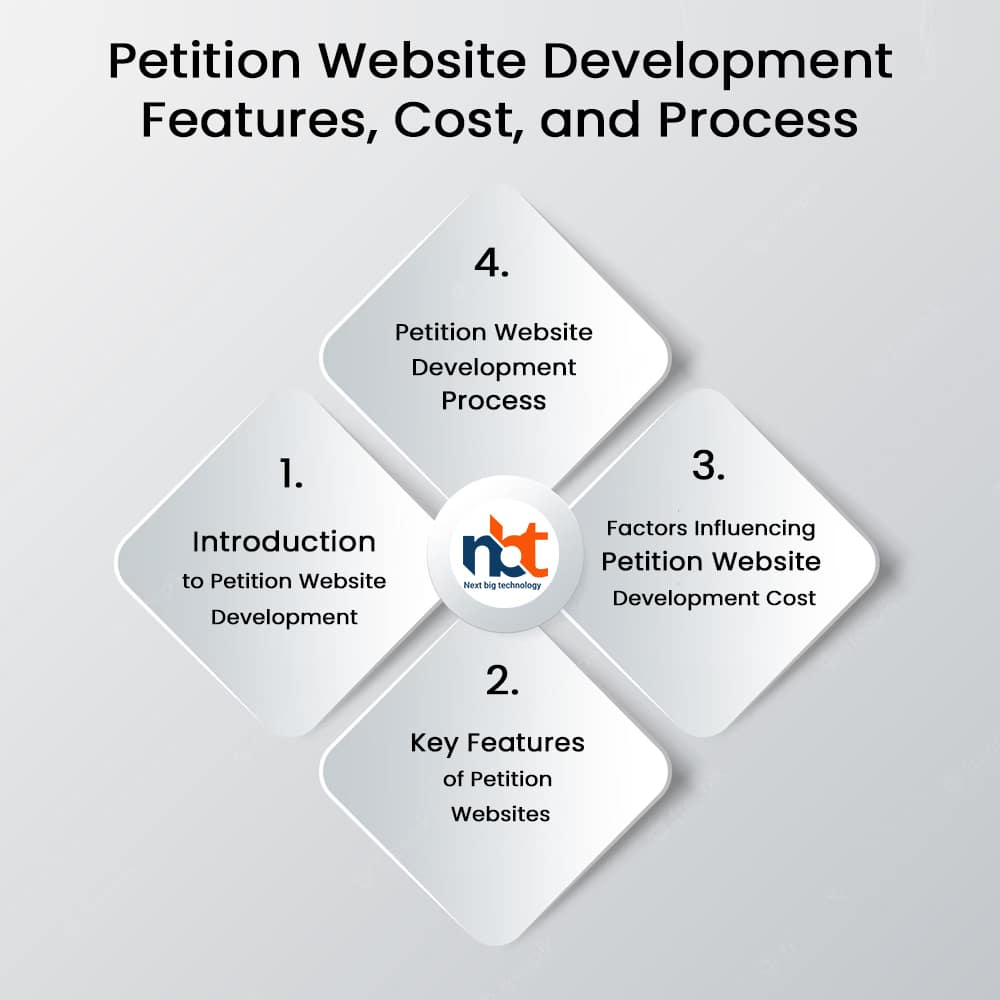
Factors Influencing Petition Website Development Cost
- Functionality and Complexity: The extent of features such as signature collection, search, and outreach tools.
- Design and User Experience: Creating an intuitive and engaging interface for petition creators and supporters.
- Social Sharing and Integration: Developing tools for easy sharing and embedding of petitions.
- Content Management: Implementing systems to manage petition content, categories, and tags.
- Custom Development: Adding unique features or integrations based on the website’s purpose.
- Mobile Responsiveness: Ensuring the website functions seamlessly on mobile devices.
- Ongoing Maintenance: Regular updates, security checks, and user support.
Petition Website Development Process
1. Planning Phase
- Identify Purpose: Define the main objective of the petition website (e.g., advocacy, awareness).
- Target Audience: Understand the demographics and interests of potential users.
- Feature Selection: Determine the features required, such as petition creation and signature collection.
- Technology Selection: Choose a content management system (CMS) or development platform.
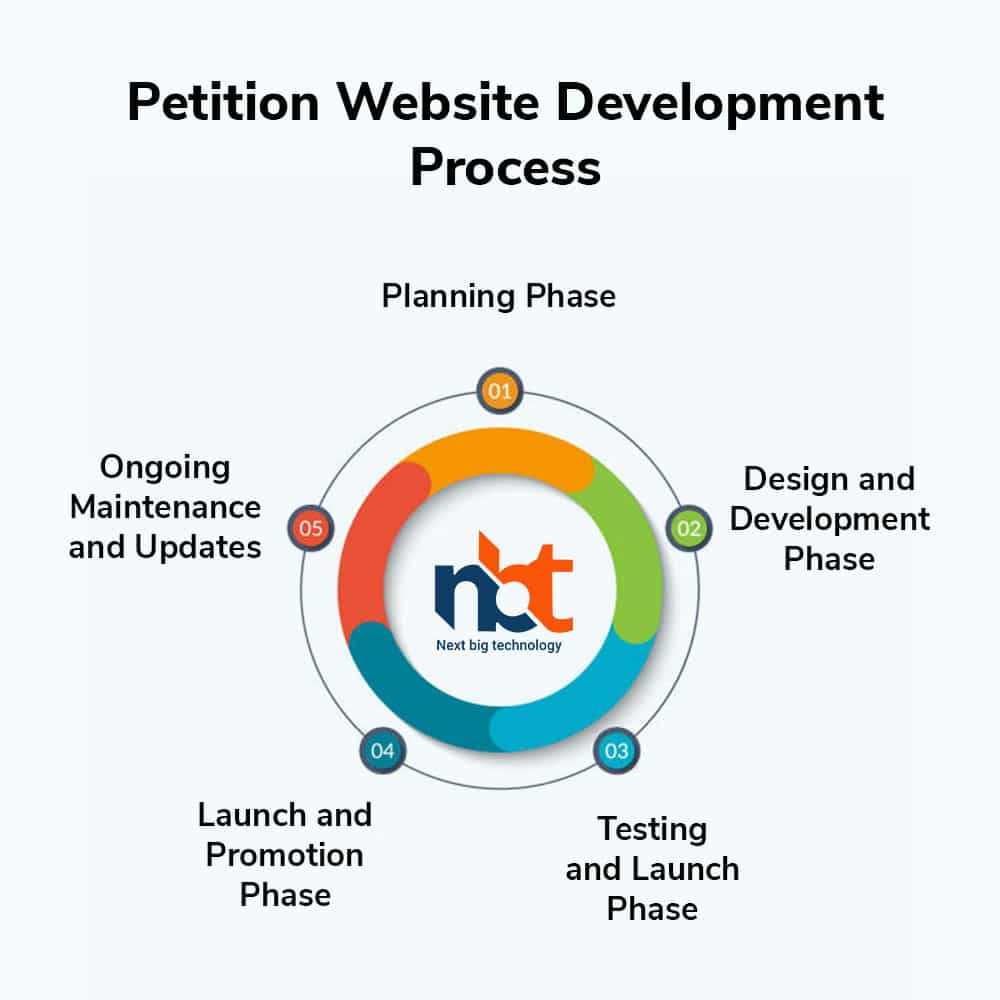
2. Design and Development Phase
- User Experience Design: Design an intuitive and user-friendly interface for petition creation and signing.
- Content Creation: Develop guidelines for clear and compelling petition descriptions.
- Signature Collection System: Implement a secure and user-friendly signature collection process.
- Social Sharing Tools: Add buttons and widgets for easy sharing on social media.
3. Testing and Launch Phase
- Quality Assurance: Test all features, forms, and interactive elements thoroughly.
- User Testing: Invite users to create and sign petitions, providing feedback on usability.
- Mobile Testing: Ensure the website functions well on various mobile devices.
- Security Checks: Implement security measures to protect user data and prevent spam.
4. Launch and Promotion Phase
- Final Deployment: Upload the website to the chosen hosting server.
- Promote the Website: Raise awareness about the petition website through social media, partnerships, and campaigns.
- Petition Creator Support: Provide guidance for creating effective petitions and engaging supporters.
- Analytics Setup: Implement tracking tools to monitor petition engagement and impact.
5. Ongoing Maintenance and Updates
- Regular Content Updates: Keep the website’s content, featured petitions, and success stories up to date.
- Technical Support: Address technical issues and user inquiries promptly.
- Feature Enhancements: Continuously improve features based on user feedback.
- Security Measures: Implement regular updates and security patches.
Choosing the Right Tools and Services
- Content Management Systems (CMS): Explore options like WordPress, Joomla, or custom development.
- Petition Creation Plugins: Consider plugins like WP-Petitions, WPForms, or custom solutions.
- Social Sharing Tools: Implement social sharing buttons and widgets for easy distribution.
- Moderation Tools: Utilize plugins or tools to moderate petition content and comments.
- Analytics and Reporting Tools: Implement tools to track user engagement and petition impact.
Conclusion
In conclusion, a well-designed petition website is a vital tool for raising awareness, mobilizing support, and driving change on various issues. The features you incorporate, the design complexity, and ongoing maintenance efforts all contribute to the overall cost. By following a structured development process, leveraging appropriate tools, and prioritizing user engagement, you can create a powerful online platform that empowers individuals and groups to make their voices heard and create positive social impact.









